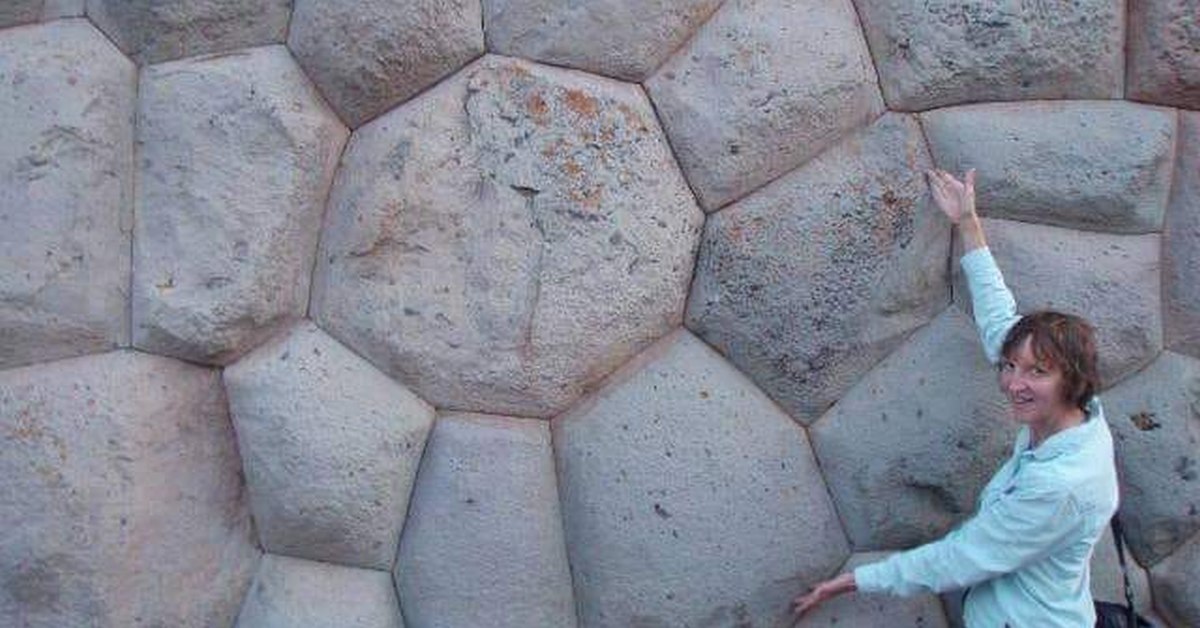The stones of Sacsayhuaman are placed so close to each other that you couldn’t even fit a single piece of paper between most of them.

Archeologists have determined that the occupation of the area dates back approximately to the year 900, but Sacsayhuaman, as a complex, was built around the beginning of the 13th century. It is located at 3,700 meters (12,400 ft) above sea level, near the city of Cusco, Peru.
The architecture of Sacsayhuaman comprises residential buildings, shrines and a great plaza, but what it is best known for is its three massive terrace walls. The average height of these walls is 6 meters (19,6 ft) and the longest of the three is 400 meters (1310 ft) in length.
Unfortunately, only 40 percent of Sacsayhuaman’s original structures can be found today. This is because Spanish conquistadors used it as a source of stone for building new governmental and religious buildings of the colonial city, as well as for the houses of the wealthiest Spaniards.

The complex itself may have served several purposes throughout history. For example, during the Inca rebellion, the Spanish attack was repulsed there, so some speculate that it was a fortress. But others believe that it could have been a ceremonial site. Either way, if we take a look at the architecture of Incas in this area, we are confronted with some of the most flamboyant workmanship of stones to be found anywhere on our planet.

At first glance, none of the stones look the same and the walls may appear to have been built in a random order, with no prior planning. But the truth is, Incas carved these irregular blocks this way intentionally to a perfect fit. According to experts, this technique may have made the walls more durable, and the common nature of earthquakes in Peru must have been an important factor in the decision to build these walls as stable as possible.

The cutting and maneuvering of these limestone blocks required precise technique. We also have to keep in mind that Incas only had access to basic tools made of brass or bronze, which are much less durable than iron or steel tools used today.
The three terraced walls of Sacsayhuaman contain some of the largest stones used by any of the pre-hispanic cultures of the South American continent. Some researchers even suggest that the Incas may have built on top of existing large boulders they found naturally positioned at the site.

Many questions arise when it comes to how the stones were placed in Sacsayhuaman. Although there are no concrete answers, many theories have surfaced over the years. The Incas might have put the blocks in place with the help of hoists and pulleys. Others conclude it must have been done in a similar way to how Egyptians built the pyramids with ramps.

How Sacsayhuaman was built might remain a mystery forever, but it has gained international recognition, and in 1983, the UNESCO World Heritage List designated the ancient Incan complex as a protected site.
A well-deserved honor indeed!
Surces: 1, 2
